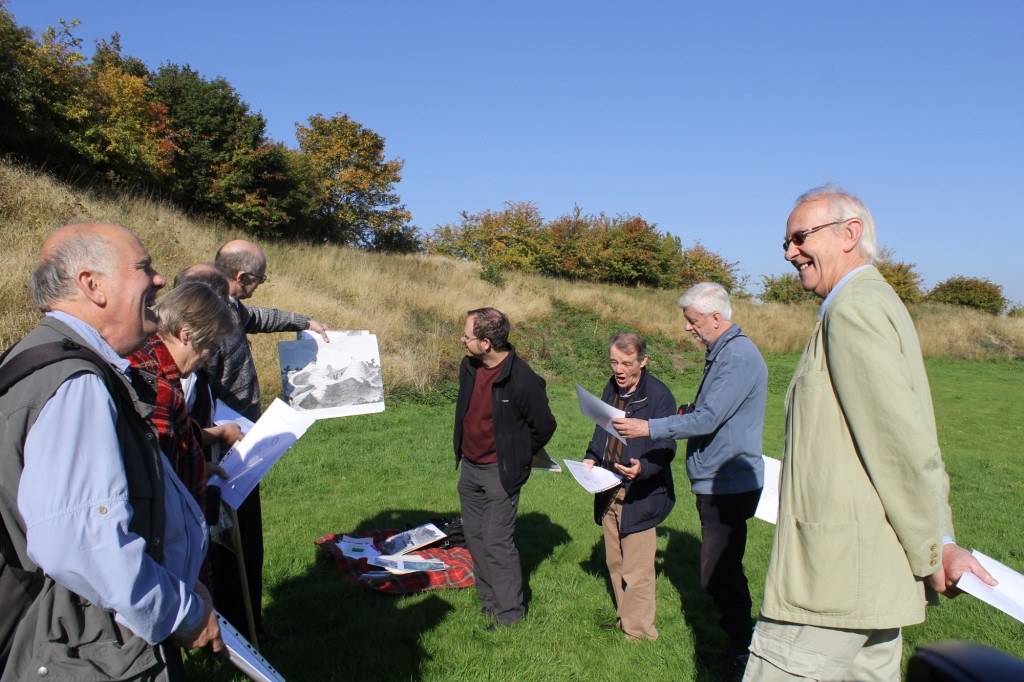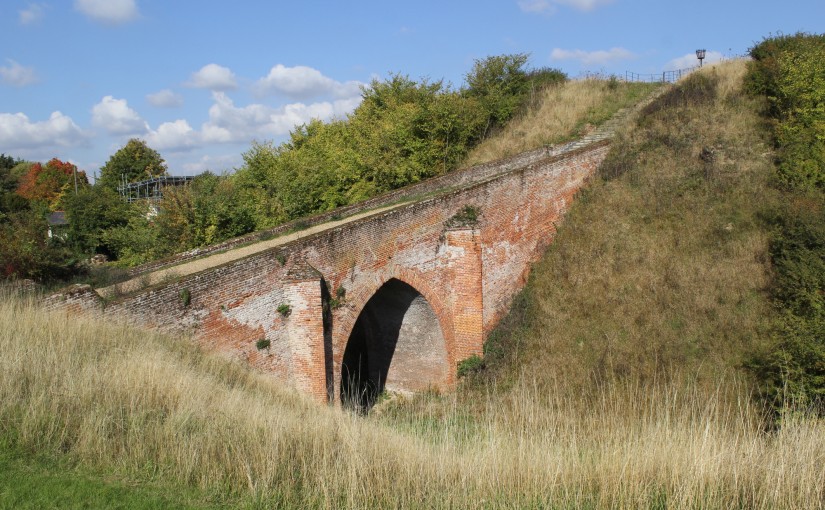Betrayal, intrigue, fire, a king arresting one of his men, and the richest man in England. In 850 years Pleshey Castle has seen it all.
The village and castle owe their existence to Geoffrey de Mandeville who founded both in the 12th century. At the height of his power he was the richest man in England apart from the king, but lost it all when he was accused of being a traitor. Pleshey was owned by his descendants (though in the hands of the king) before it passed to the Bohun family by marriage. It remained with them until 1380 and in 1419 Pleshey Castle became part of the Duchy of Lancaster. Because of the Duchy’s ownership we have detailed accounts of building work in the 15th century. By 1559 the castle stood empty, and now survives as some very impressive earthworks.
Throughout its history the castle was remodelled several times – sometimes to improve the accommodation, at least once to repair fire damage, and once because it had been partly demolished. Excavations between 1972 and 1981 led by S.R. Bassett tried to shed light on this complicated history. Unfortunately this important work never saw the light of day. Notebooks and context sheets were left in the archives, out of reach of all but the most determined until now.

Patrick Allen and Nick Wickenden are leading the efforts to get the results of the excavation published. The Castle Studies Trust have funded the creation of detailed drawings showing the work. They provide an invaluable visual reference, and show how parts of the castle have developed.
Earlier this month we visited the castle with some of our donors. As well as exploring the castle it was a chance for donors to talk to trustees and see first-hand how valuable the charity’s work is.
Crossing the moat surrounding the castle you get an idea of how impressive the site is. The motte at the heart of Pleshey is an impressive 17m tall while the ramparts are nearly 5m high and cut you off from the outside world. You can still see where the chapel was excavated and a section was cut through the rampart.
Pleshey is privately owned so if you want to visit you have to arrange it in advance. This is typically of the sites we work with, and we give donors the opportunity to look round. Patrick and Nick gave us a tour, explaining the colourful history of the site and what they were doing to publish the excavations. Behind the scenes, the illustrations complemented the research and helped understand the phasing of the site.
It can take years for excavations to be fully processed and reach the stage where the results are ready for the general public. Sometimes that stage is never reached making it much more difficult for people to access information. Because of your donations we’re bridging the gap.
We’re looking forward to seeing the final results!
To keep informed about the Trust’s activities sign up to our newsletter.

The project is also supported by the Essex Society for Archaeology & History